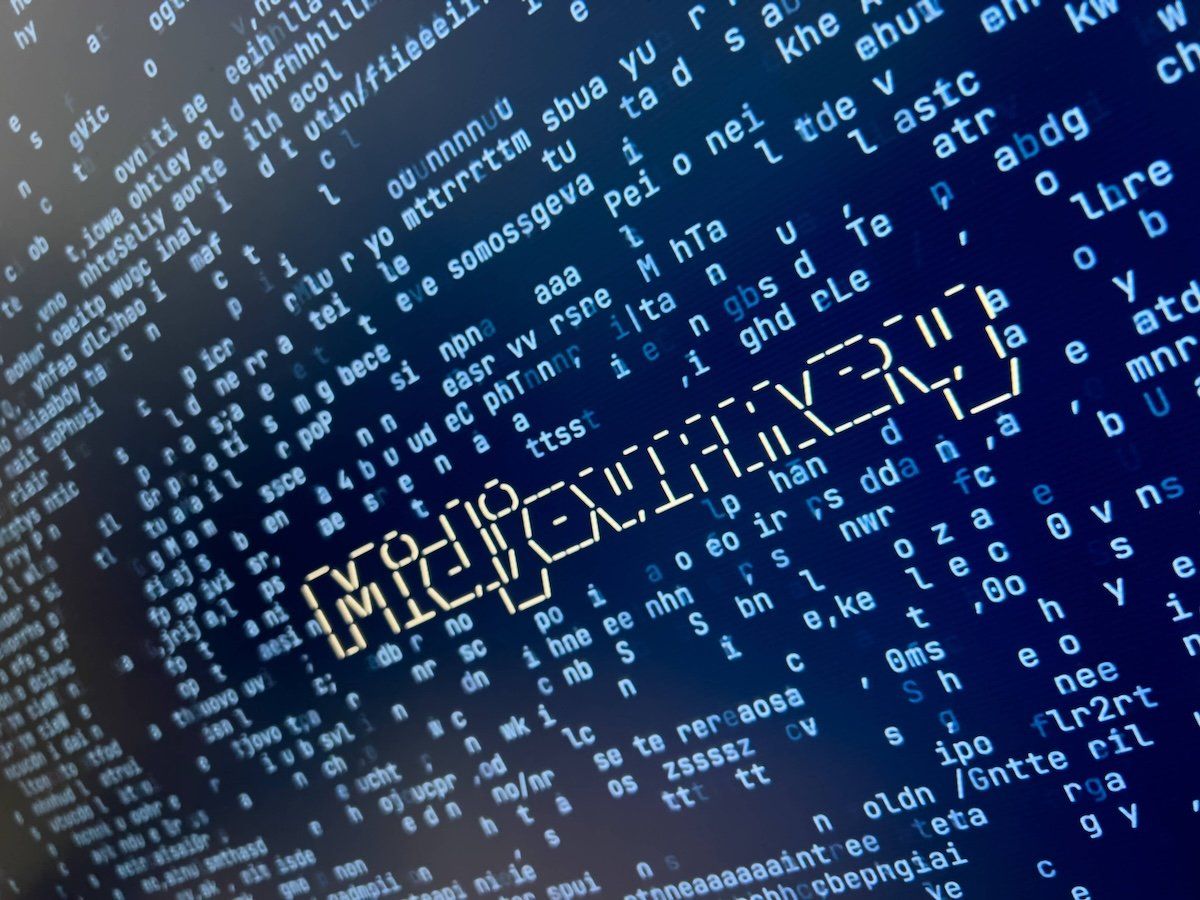Hard Numbers: Stolen art, mathletes, DeepMind defection, Antitrust tussle, Labor shortages
Midjourney artificial intelligence on a computer screen.
25: A math-focused AI system is almost at the level of our species’ most advanced teenage mathletes. The model called AlphaGeometry reportedly scored a 25 out of 30 on the International Mathematical Olympiad, the premier high school math competition. The average gold medalist in the competition has scored a 25.9.
220 million: A pair of Google DeepMind engineers are reportedly ready to leave the company, in talks to raise $220 million to build a new large language model. The company, which would be based in France, is tentatively called Holistic.
2: The US government's effort to investigate Microsoft’s $13 billion investment in OpenAI is on hold. The problem: Two different agencies can’t decide on who should take the lead. This is the problem that’s arisen between the country’s two antitrust authorities, the Department of Justice and the Federal Trade Commission. Neither party seems ready to relinquish the job to the other.
11 million: Japan is estimated to face a labor shortage of 11 million people by 2040 as its aging population peaks and exits the workforce. While AI and robots may displace human labor in some economies, they might also help others — such as Japan — avert crises in industries such as construction and retail.